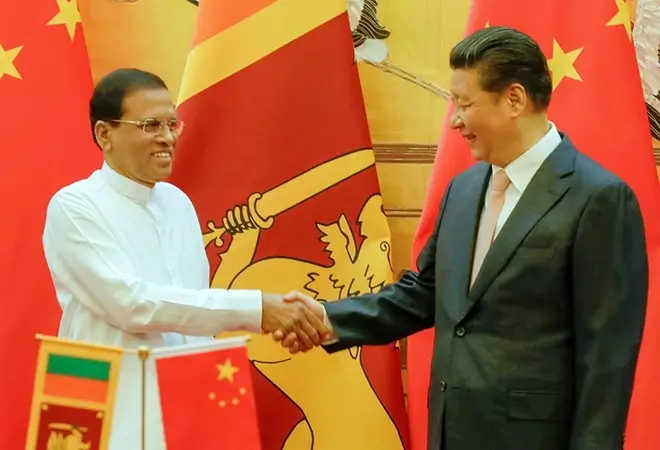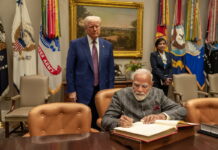According to international experts, China has over $120 bn loaned to developing countries around the world. They have also observed that these countries will never be able to service these loans on time and China will slowly take over their assets mainly strategic property and natural resources. China does not publish records of its foreign loans, and the majority of its contracts contain non-disclosure clauses, which prevent borrowers from revealing their contents.
Djibouti, Laos, Zambia and Kyrgyzstan, have payable debts to China, equivalent to at least 20% of their annual GDP. Much of the debt owed to China relates to large infrastructure projects such as roads, railways and ports, and also to mining and energy industries.
The claim is, that China lends money to other countries, which end up having to cede control of key assets if they can’t meet their debt repayments, an accusation long denied by Beijing. One example, often cited by critics of China, is Sri Lanka, which years ago embarked on a massive port project in Hambantota with Chinese investment.
The billion-dollar project with loans and contractors from China, became mired in controversy and struggled to prove viable, leaving Sri Lanka saddled with growing debts.
India’s eastern neighbor, Myanmar’s debt stands at $10bn, of which $4bn is owed to China. No doubt China wants the army to continue control over the country.
Pakistan,for all practical purposes appears to have become an extended territory of China and there is no way itcan come out of China’s grip in foreseeable future. Hope the Nepal government is conscious of this situation faced by Pakistan?
Cambodia also needs large-scale loans for development projects, China is its main source, as some countries and multilateral partners, are cautiousof lending to developing countries. “Therefore, Cambodia has no choice but rely on China for convenient financing sources, which is a requirement in the economic strategy,” according to officials. However, Cambodia must becareful to avoid a debt traps that could lead to transfer of public property, as is case in Sri Lanka.
Sri Lanka’s two-year-old economic crisis comes after two decades of heavy Chinese investment, under what a geopolitical expert called ‘strategic trap diplomacy’.
Sri Lanka has drawn billions in investment under China’s Belt and Road Initiative. The program was launched in 2013 to build ports, roads, railways, pipelines and other infrastructure across Asia. India is also trying to outdo China in its alacrity to provide financial help to Sri Lanka, which is running dangerously low on foreign reserves to service its debt.
India’s Foreign Minister S. Jaishankar was in Sri Lanka last week to offer help to the struggling Sri Lankan economy in an attempt to pry it away from decades-long Chinese embrace. But China has taken over at least one strategic port when Sri Lanka failed to service its debt. New Delhi won a small but significant victory last week, when it wrested away a power project earlier granted to China. India is also trying to outdo China in its alacrity to provide financial help to Sri Lanka running dangerously low on foreign reserves to service its debt.
Also Read: Can India shake off the dragon’s growing tentacles in South Asia?







